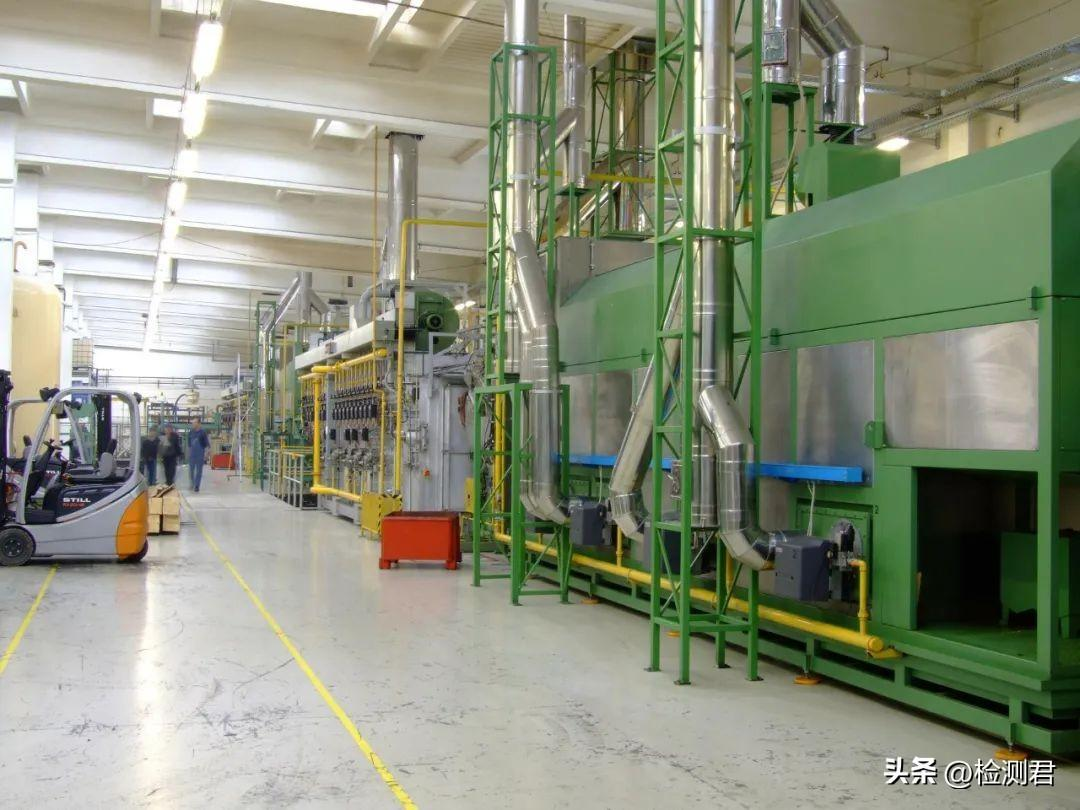ISO 9000 defines audit as follows: Audit is a systematic, independent and documented process for obtaining audit evidence and evaluating it objectively to determine the extent to which audit criteria are met. Therefore, the audit is to find audit evidence, and it is evidence of compliance.
Audit, also known as factory audit, currently the main audit types in the industry are: social responsibility audit: typical such as Sedex (SMETA); BSCI quality audit: typical such as FQA; FCCA anti-terrorism audit: typical such as SCAN; GSV environmental management audit: typical such as FEM Other customized audits for customers: such as Disney human rights audit, Kmart sharp tool audit, L&F RoHS audit, Target CMA audit (Claim Material Assessment), etc.
Quality Audit Category
Quality audit is a systematic, independent inspection and review conducted by an enterprise to determine whether quality activities and related results conform to planned arrangements, and whether these arrangements have been effectively implemented and whether predetermined goals can be achieved. Quality audit, according to the audit object, can be divided into the following three types:
1. Product quality review, which refers to reviewing the applicability of products to be handed over to users;
2. Process quality review, which refers to reviewing the effectiveness of process quality control;
3. Quality system audit refers to auditing the effectiveness of all quality activities carried out by the enterprise to achieve quality objectives.
Third Party Quality Audit
As a professional third-party inspection organization, the effective quality management system has successfully helped many buyers and manufacturers to avoid risks caused by quality problems in the production process of products. As a professional third-party audit organization, the quality audit services of TTS include but are not limited to the following: Quality management system, supply chain management, incoming material control, process control, final inspection, packaging and storage control, workplace cleaning management.
Next, I will share with you the factory inspection skills.
Experienced auditors have said that at the moment of contact with the customer, the audit state is entered. For example, when we arrive at the factory gate in the early morning, the doorman is an important source of information for us. We can observe whether the work status of the doorman is lazy. During the chat with the doorman, we can learn about the business performance of the company, the difficulty of recruiting workers and even management changes. Wait. Chat is the best mode of review!
The basic process of quality audit
1. The first meeting
2. Management interviews
3. On-site audits (including staff interviews)
4. Document review
5. Summary and Confirmation of Audit Findings
6. Closing meeting
In order to start the audit process smoothly, the audit plan should be provided to the supplier and the checklist should be prepared before the audit, so that the other party can arrange the corresponding personnel and do a good job in the reception work at the audit site.
1. First meeting:
In the audit plan, there is generally a “first meeting” requirement. The significance of the first meeting,Participants include the supplier’s management and the heads of various departments, etc., which is an important communication activity in this audit. The time of the first meeting is controlled at about 30 minutes, and the main content is to introduce the audit arrangement and some confidential matters by the audit team (members).
2. Management interview
The interviews include (1) Verification of basic factory information (building, personnel, layout, production process, outsourcing process); (2) Basic management status (management system certification, product certification, etc.); (3) Precautions during the audit (protection, accompanying , photography and interview restrictions). The management interview can sometimes be combined with the first meeting. Quality management belongs to the business strategy. In order to truly achieve the purpose of improving the efficiency of quality management, the general manager should be required to participate in this process to truly promote the improvement of the quality system.
3.On-site audit 5M1E:
After the interview, an on-site audit/visit should be arranged. The duration is generally about 2 hours. This arrangement is very important to the success of the entire audit. The main on-site audit process is: incoming material control – raw material warehouse – various processing procedures – process inspection – assembly and packaging – finished product inspection – finished product warehouse – other special links (chemical warehouse, testing room, etc.). It is mainly the assessment of 5M1E (that is, the six factors that cause product quality fluctuations, Man, Machine, Material, Method, Measurement, and Environment). In this process, the auditor should ask a few more reasons, for example, in the raw material warehouse, how does the factory protect itself and how to manage the shelf life; during the process inspection, who will inspect it, how to inspect it, what to do if problems are found, etc. Record the checklist. The on-site audit is the key to the entire factory inspection process. The auditor’s serious treatment is responsible for the customer, but the strict audit is not to trouble the factory. If there is a problem, you should communicate with the factory to obtain better quality improvement methods. That is the ultimate purpose of the audit.
4. Document review
Documentation mainly includes documents (information and its carrier) and records (evidence documents for completing activities). Specifically:
Document:Quality manuals, procedural documents, inspection specifications/quality plans, work instructions, test specifications, quality-related regulations, technical documentation (BOM), organizational structure, risk assessment, emergency plans, etc.;
Record: Supplier evaluation records, purchase plans, incoming inspection records (IQC), process inspection records (IPQC), finished product inspection records (FQC), outgoing inspection records (OQC), rework and repair records, test records, and nonconforming product disposal records , test reports, equipment lists, maintenance plans and records, training plans, customer satisfaction surveys, etc.
5. Summary and Validation of Audit Findings
This step is to summarize and confirm the problems found in the whole audit process. It needs to be confirmed and recorded with the checklist. The main records are: problems found in on-site audit, problems found in document review, problems found in record inspection, and cross inspection findings. problems, problems found in employee interviews, problems found in managerial interviews.
6. Closing meeting
Finally, organize the final meeting to explain and explain the findings in the audit process, sign and seal the audit documents under the joint communication and negotiation of both parties, and report special circumstances at the same time.
Quality Audit Considerations
Factory audit is a process of overcoming five obstacles, requiring our auditors to pay attention to every detail. The senior technical director of TTS summed up 12 quality audit notes for everyone:
1. Prepare for the audit:Have a checklist and a list of documents to review ready, knowing what to do;
2. The production process should be clear:For example, the name of the workshop process is known in advance;
3. Product quality control requirements and testing requirements should be clear:such as high-risk processes;
4. Be sensitive to information in documentation,such as date;
5. On-site procedures should be clear: special links (chemical warehouses, test rooms, etc.) are kept in mind;
6. On-site pictures and problem descriptions should be unified;
7.Summaryto be detailed:Name and address, workshop, process, production capacity, personnel, certificate, main advantages and disadvantages, etc.;
8. Comments on issues are expressed in technical terms: Questions to give specific examples;
9. Avoid Comments not related to the checkbar issue;
10.Conclusion, score calculation should be accurate:Weights, percentages, etc.;
11.Confirm the problem and write the on-site report correctly;
12. The pictures in the report are of good quality:The pictures are clear, the pictures are not repeated, and the pictures are named professionally.
Quality audit, in fact, is the same as inspection,master a set of effective and feasible factory inspection methods and skills, in order to achieve more with less in the complex audit process,really improve the supplier’s quality system for customers, and ultimately avoid risks caused by quality problems for customers. The serious treatment of each auditor is to be responsible to the customer, but also to himself!
Post time: Oct-22-2022









